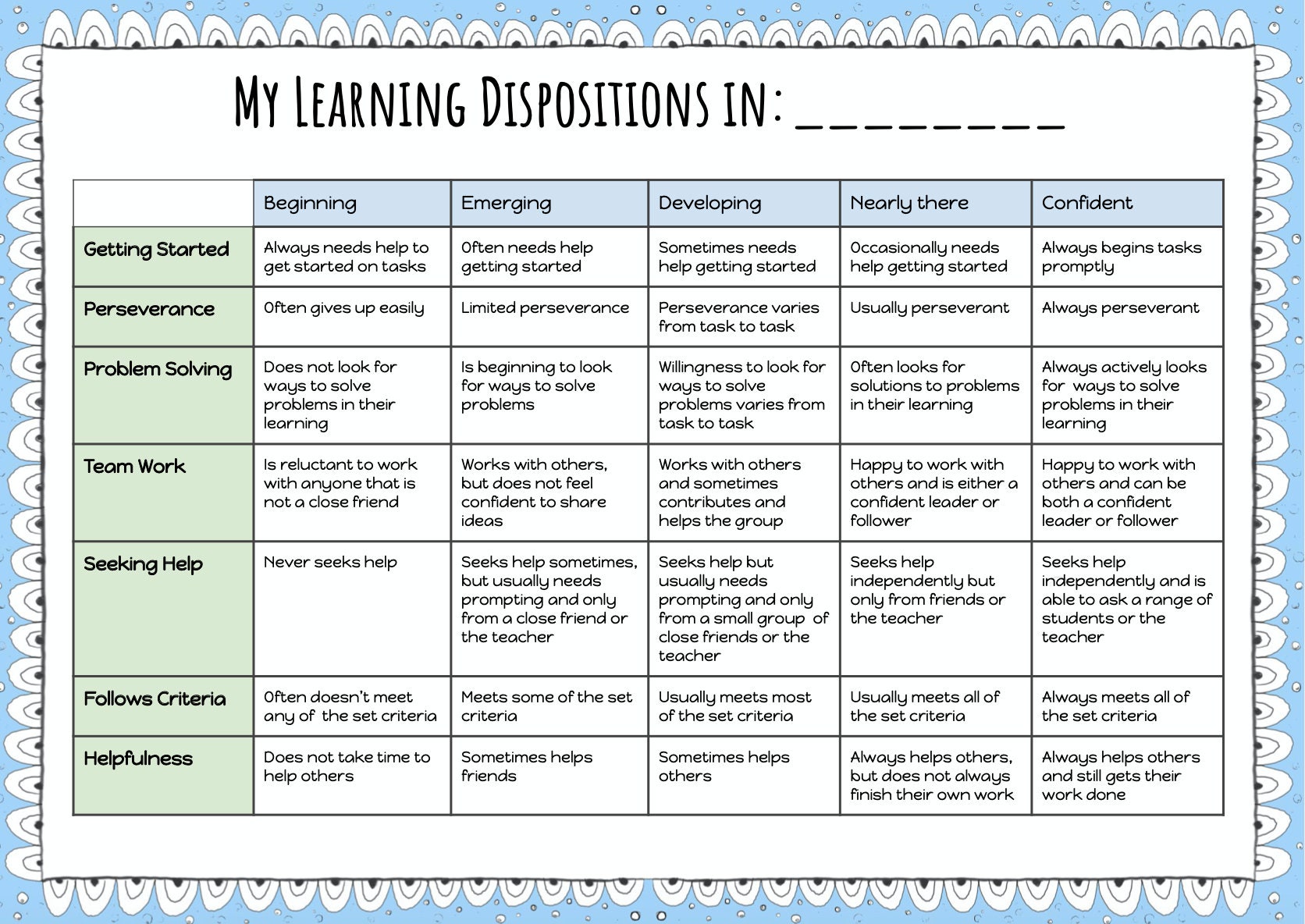
Developing Good Learning Dispositions in Children Etsy
Learning dispositions refer to cognitive and emotional habits that an individual has formed in relation to learning (e.g., curiosity, resilience, etc) Learning techniques are the actions that students take during, in preparation for, or following, learning (e.g., note taking, retrieval practice, meditation, learning journals) The relationship.

Learning Dispositions ELDERSLIE PUBLIC SCHOOL VISIBLE LEARNING
(Ministry of Education, 1996). Alongside the acquisition of skills and knowledge, we encourage children to develop learning dispositions. Te Whāriki notes that "dispositions are important 'learning outcomes'. They are encouraged rather than taught.

Fostering Positive Learning Dispositions In the Classroom Singapore
Print Why Children's Dispositions Should Matter to All Teachers This article explores the link between effective learning and children's dispositions and habits. The authors provide examples that teachers may use to help strengthen children's independence, creativity, motivation, and resilience.

Positive Learning Dispositions Learning Habits, Positive Learning, Ways
For the purpose of my research, a disposition was defined as a prevailing cognitive and emotional state towards the content being learned and toward the learning process. It assumed that a disposition was not a fixed trait. Rather, a disposition could be learned or acquired and was dynamic and flexible.
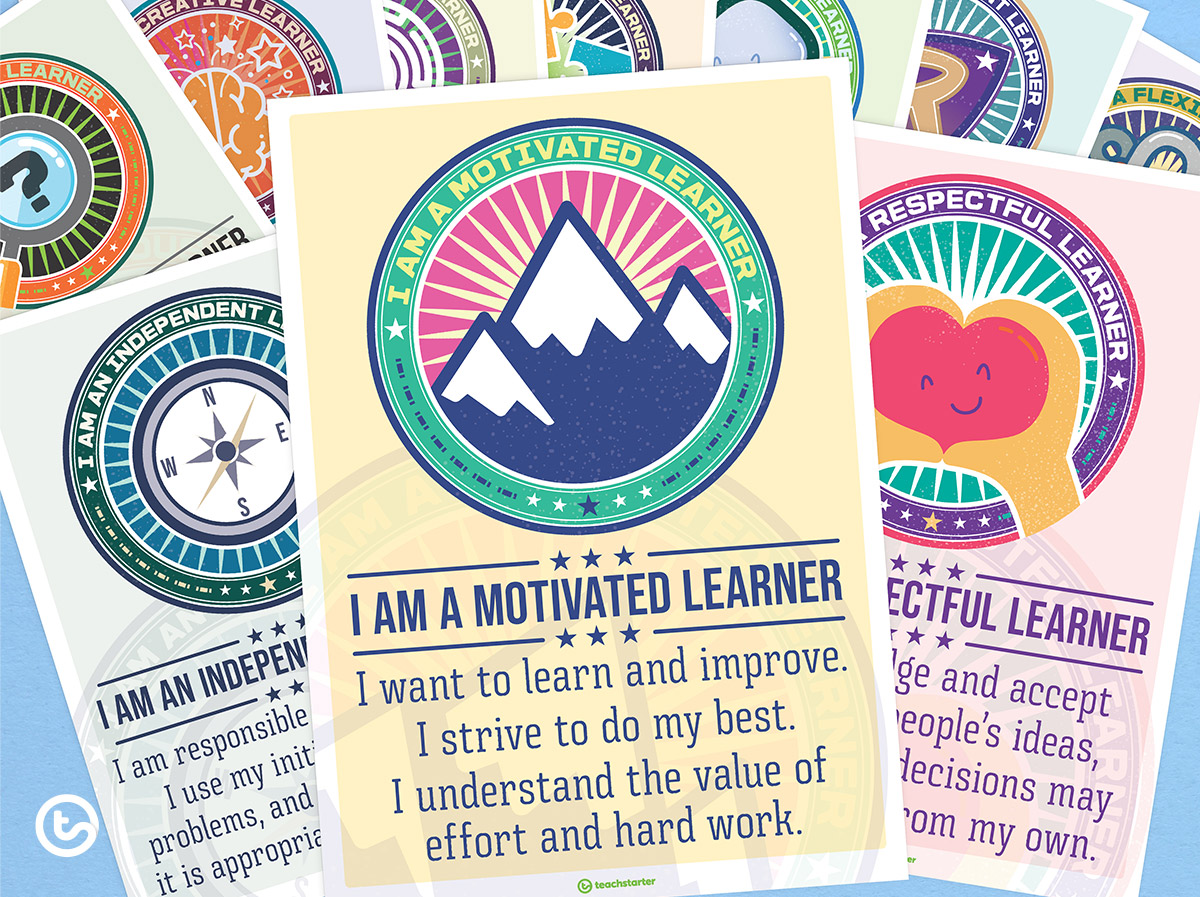
Fostering Positive Learning Dispositions In the Classroom Teach Starter
Learning dispositions give us one set of tools to develop a good foundation of learning skills in the early years. What are learning dispositions? The following are the most common learning dispositions that parents will encounter in early learning centres in New Zealand: courage and curiosity trust and playfulness

Fostering Positive Learning Dispositions In the Classroom Teach Starter
Positive dispositions like curiosity, cooperation, creativity, persistence and enthusiasm help children to learn and grow. We explore how to encourage these dispositions and why they are important. Learning dispositions refer to how children engage in and relate to the learning process.

Thinking Dispositions Cargill's Classroom
Dispositions are a complex interplay of behaviours, not a singular attribute or response. Learning as a highly complex act will comprise a combination of dispositions and each disposition such as creativity will demand multiple individual skills harnessed for a common goal.
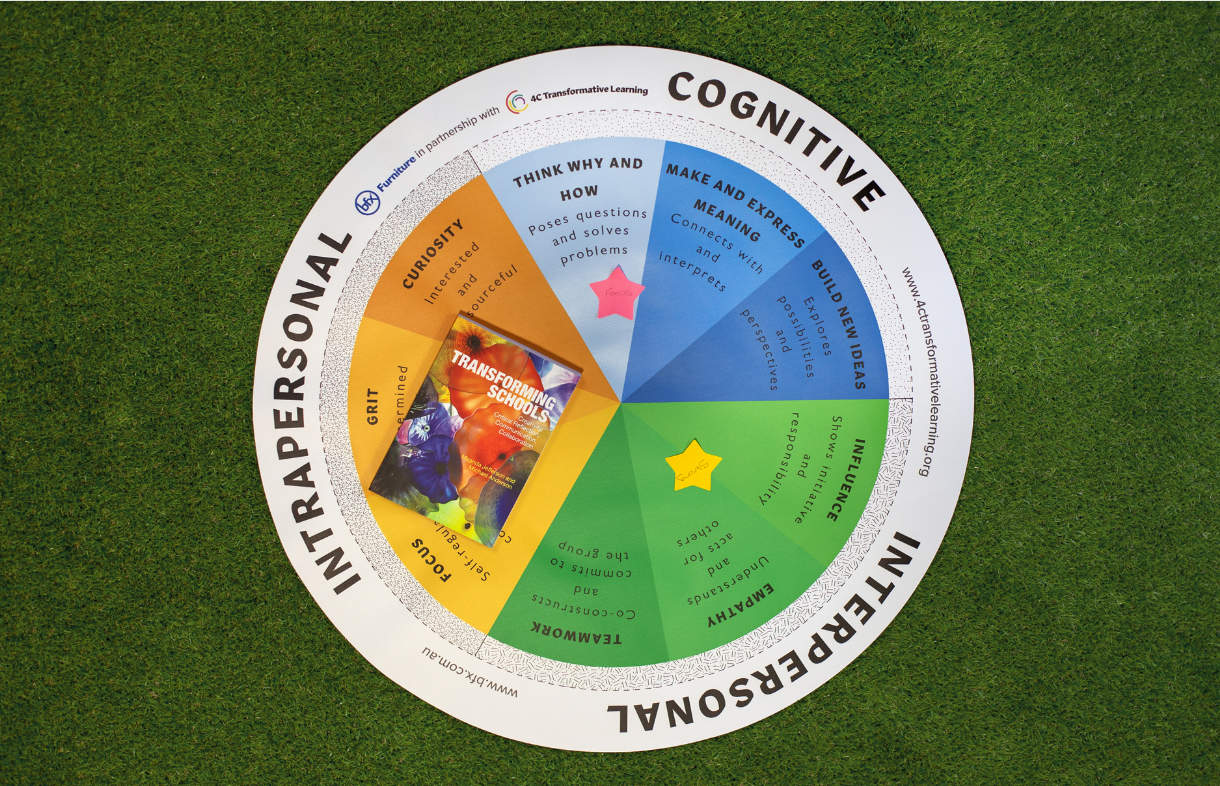
The Learning Disposition Wheel A User’s Guide BFX Furniture
Last updated: 29-Mar-2023 Explore the evidence and practices that promote and nurture development of positive dispositions for learning in literacy and numeracy.

Positive Learning Dispositions Learn how to identify your child's
Dispositions some dispositions can be positive less helpful or negative than others - Dispositions children's learning encouraged and are not strengthened, development. can be over time.

What Are Positive Learning Dispositions, Habits of Learning and
The Learning Disposition Wheel is based on extensive research in psychology and education and informed by Self-Determination Theory. It is a coherence maker or schema that identifies the dispositions needed for deeper, self-regulated and transferable learning. These dispositions can be learnt and taught through mindfully selected pedagogical.
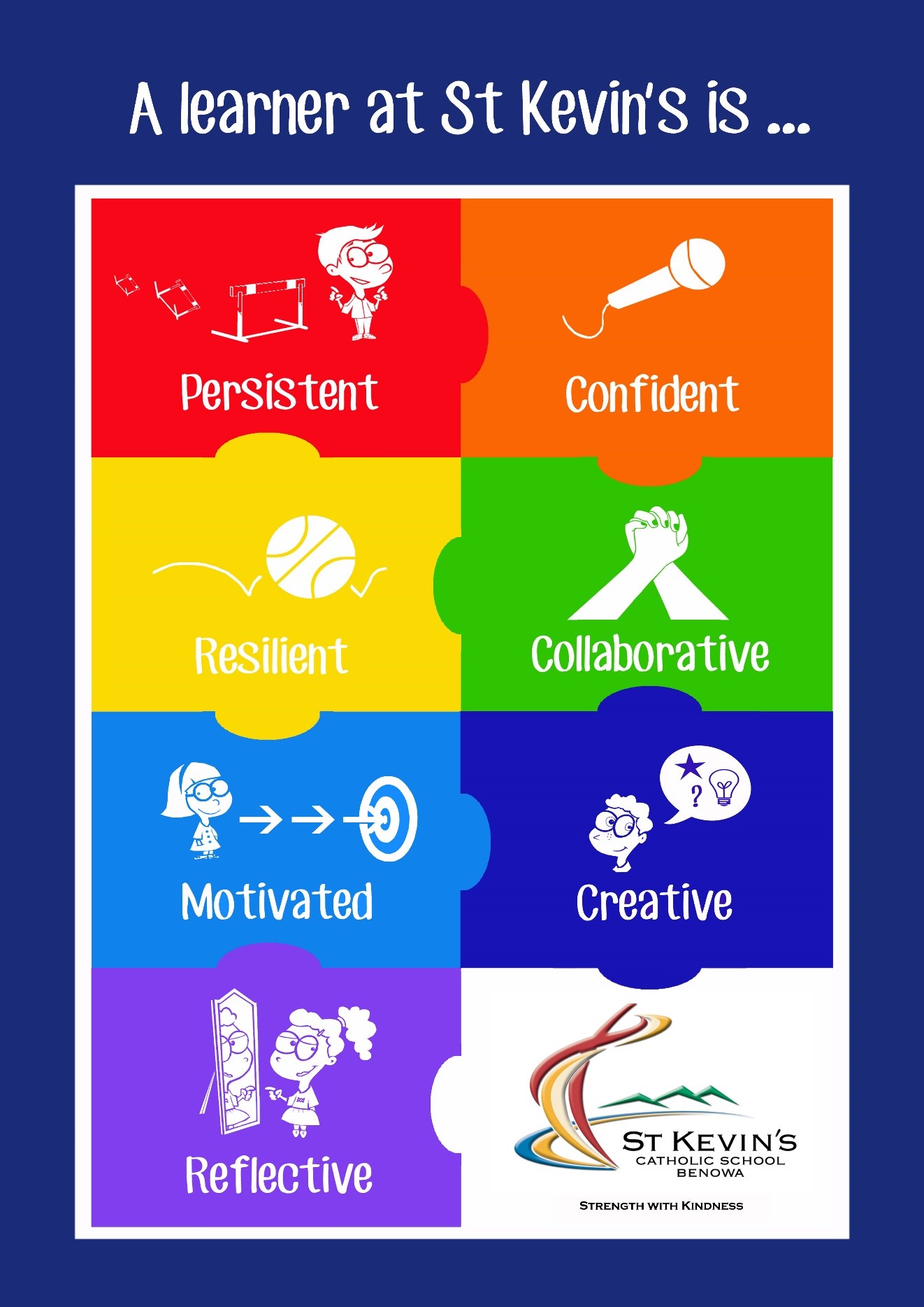
Learning Dispositions
A child's disposition to learning affects the attitude with which they learn. This, in turn, directly affects the effort that they are willing to put in. In this way, having positive learning dispositions goes a long way to creating positive learning outcomes. Encouraging Positive Learning Dispositions in Students
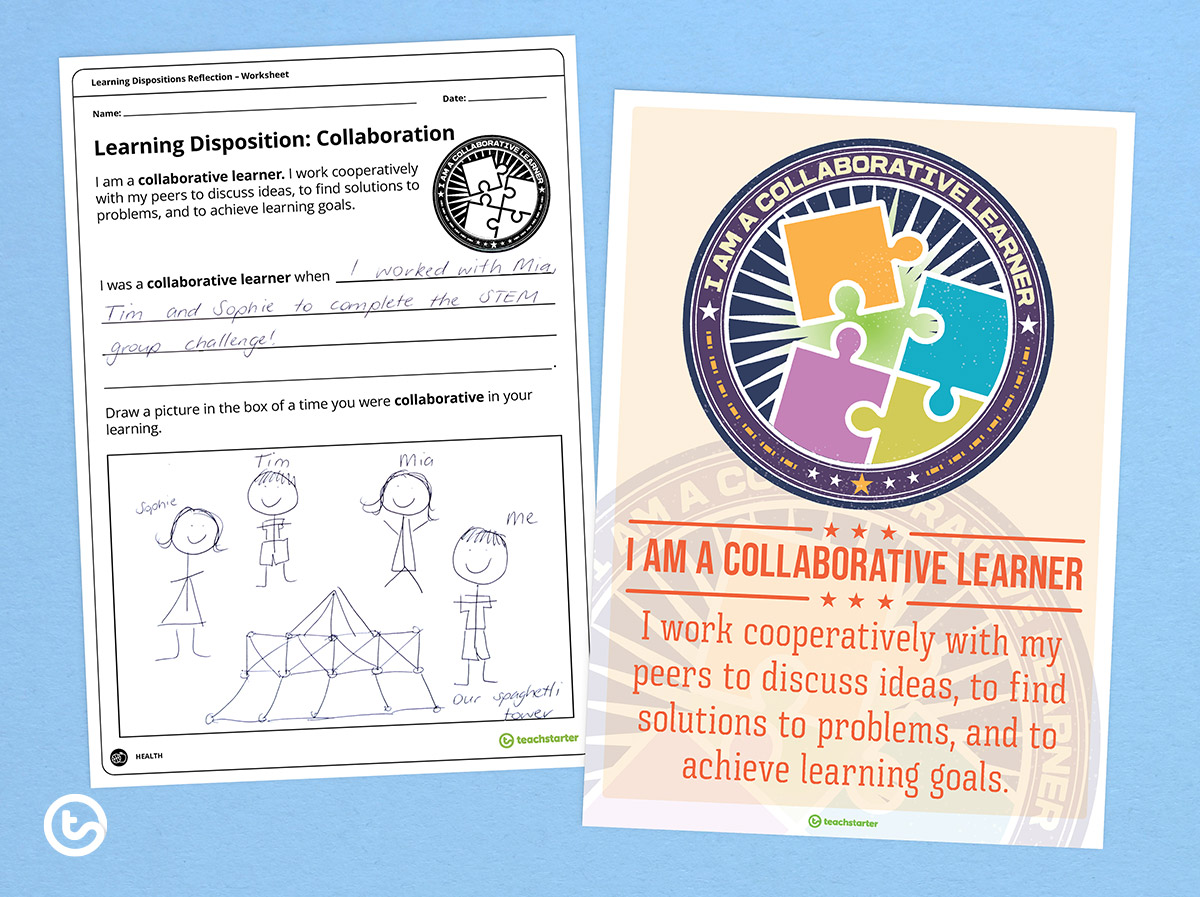
Fostering Positive Learning Dispositions In the Classroom Teach Starter
This article describes an emerging theoretical framework for examining relationships between learning dispositions and learning architecture. Three domains of learning dispositions — resilience, reciprocity and imagination — are discussed in relation to the structures and processes of early childhood education settings and new entrant classrooms.
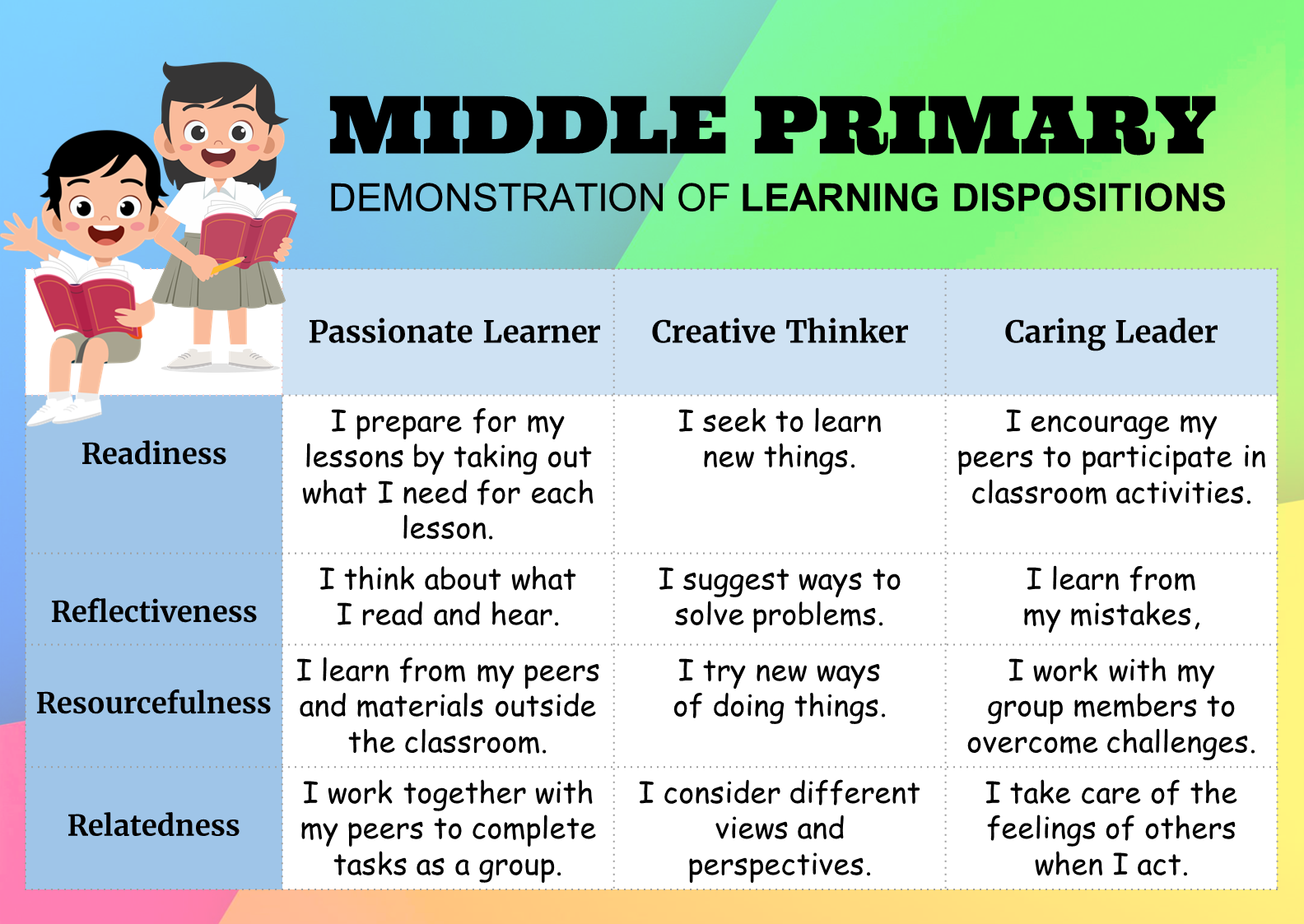
Learning Dispositions
The term 'learning dispositions', sometimes called 'habits of mind' or 'dispositions to learning', refer to the way in which learners engage in and relate to the learning process. Learning dispositions affect how students approach learning and therefore the outcomes of their learning.

Fostering Positive Learning Dispositions In the Classroom Singapore
dispositions of professional attitudes, values, and understandings demonstrated through both verbal and non-verbal behaviors. Educational research provides evidence that these dispositions support teaching and learning in classrooms and school communities. Each disposition is comprised of several components which are found in the following pages.

4Cs Learning Disposition Wheel Hunters Hill High School
Dispositions of effective learners include independence, confidence, curiosity and persistence. Other dispositions for learning are self-control, optimism, self-motivation, resilience, problem-solving and, in some cases, courage and risk-taking. All these habits of the mind are important for lifelong learning. Dispositions affect how children.
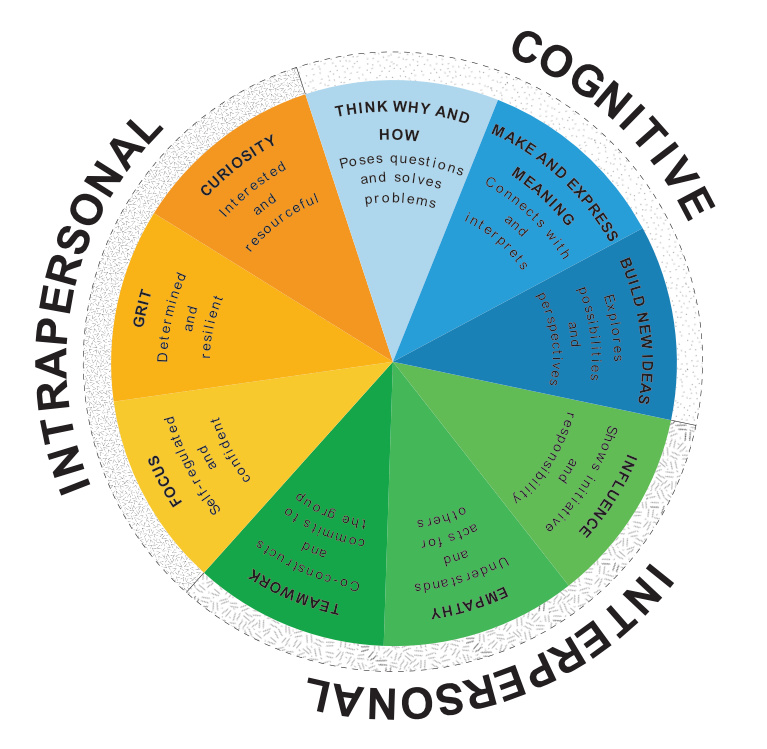
The Learning Disposition Wheel A User’s Guide BFX Furniture
The presence or absence of specific attitudes, motivations and dispositions in a learner will: enhance or impede their capacity to learn determine their willingness to grapple and persevere with, and make sense of discipline-based knowledge and content